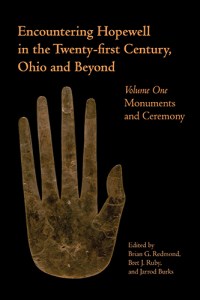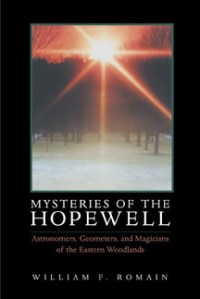Description
Ohio has a unique prehistory which is written in large earthwork monuments across its landscape. In the Ohio Hopewell Episode, the author, A. Martin Byers, has presented a new interpretive reconstruction of the culture of the prehistoric Native American groups who were responsible for these monuments. Basing his interpretation on a careful analysis and classification of the monumental archaeological record, he presents an empirically and theoretically well-grounded and broad-based symbolic ecological reconstruction of the way of life of the responsible peoples.
Byers’ central premise hinges on the notion that the builders and users of these earthworks perceived the world as immanently sacred. From this he argues that these monuments were to serve as symbolic iconic media by which the balance of sacred life forces of the cosmos could be sustained through world renewal ritual. This central premise, termed the Sacred Earth principle, is thoroughly grounded on his empirical analysis of the embankment earthworks.
Using this as his base, Byers develops the claim that this period of monumental earthwork construction, termed the Ohio Hopewell episode, was the unique expression of a complex social system based on two social principles: kinship and companionship. Kinship was the basis of the egalitarian clans that occupied the land, and companionship was the basis of a system of autonomous world renewal cults.
In this reconstruction of the Ohio Hopewell episode, it is claimed that the cults acted to sustain the balance of sacred forces that animated the natural order. This was an ongoing task since it arose from the very practical everyday occupation of the land, gardening, hunting, fishing, and so on. All this entailed systematic polluting of the sacred natural order. The task of the cults was to renew this order.
Byers then reassesses the meaning of the complex mortuary record of the Ohio Hopewell, itself displaying some of the most elaborate artifacts, facilities, and features known in North American prehistory. He relates this elaborate mortuary assemblage and wealth of human remains to the task of world renewal by arguing and empirically grounding the claim that by performing this elaborate mortuary ritual involving a complex series of incremental post-mortem rites, the spiritual powers that animated humans and that they received from the land through partaking in its nutritional bounty, were able to be offered back as a form of sacrificial renewal of the cosmos.
This religious, symbolic, social, and ecological interpretation of one of the most fascinating archaeological records of the prehistoric world of Native Americans cannot help but stimulate discussion and debate.






